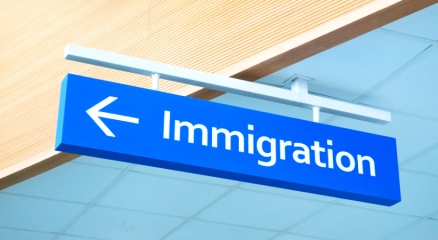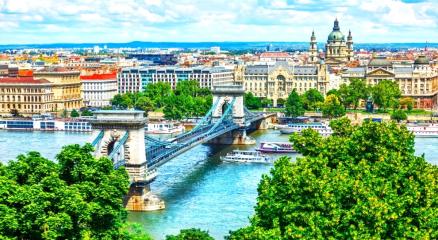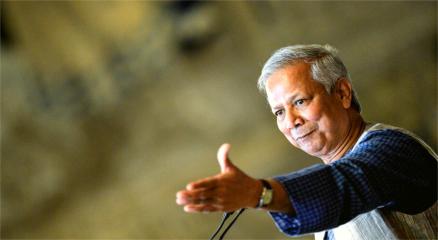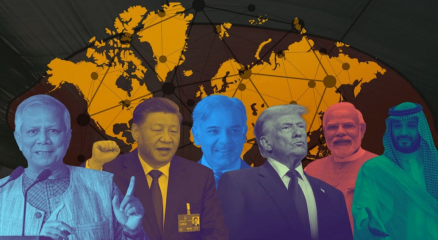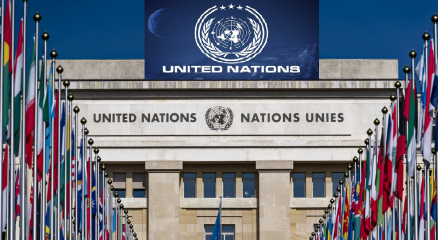Australian Economics: Growth, Challenges, and the Future Ahead
Australia, often celebrated for its breathtaking landscapes and rich cultural diversity, is also home to one of the most stable and advanced economies in the world. Ranked among the top 15 largest global economies, the Australian economy has shown remarkable resilience, navigating global financial crises, shifting trade dynamics, and the challenges of globalization.
In this article, we take a closer look at the core pillars of Australian economics—from its industries and trade to its strengths, weaknesses, and future outlook.
Overview of Australia’s Economic Strength
Australia operates as a mixed-market economy, combining free-market principles with government regulation. Its Gross Domestic Product (GDP) consistently places it among the wealthiest nations, supported by a strong banking system, robust export sector, and growing service industries.
Key features of Australia’s economy include:
-
GDP Ranking: Consistently within the top 15 globally.
-
Currency: The Australian Dollar (AUD), one of the most traded currencies worldwide.
-
Stability: Over three decades of uninterrupted growth before the COVID-19 pandemic.
-
Population & Workforce: A highly educated, multicultural population contributing to productivity and innovation.
Key Industries Driving Australia’s Economy
1. Mining & Natural Resources
Mining is often referred to as the backbone of Australian economics. The country is rich in resources like iron ore, coal, natural gas, gold, and uranium, making it one of the world’s leading exporters of raw materials.
China, Japan, and South Korea are key markets for these exports, linking Australia’s prosperity to global demand.
2. Agriculture & Food Production
From wool and beef to wine and wheat, Australia is a global agricultural powerhouse. Its high-quality produce is exported across Asia and beyond, with growing demand for organic and sustainable food.
3. Services Sector
The services industry—including education, tourism, healthcare, and finance—now contributes more than 70% of Australia’s GDP.
-
Education: International students bring billions into the economy annually.
-
Tourism: Attractions like the Great Barrier Reef and Sydney Opera House make tourism a key contributor.
-
Finance: Sydney is a rising financial hub in the Asia-Pacific region.
4. Technology & Innovation
Australia is investing in renewable energy, digital transformation, and startups. The push toward sustainability and green energy is reshaping the economy’s long-term outlook.
International Trade: Australia’s Global Connections
Australia’s economy is highly dependent on international trade.
-
Top Export Partners: China, Japan, South Korea, India, and the United States.
-
Top Imports: Machinery, vehicles, medical equipment, and technology.
-
Free Trade Agreements: Australia has strong trade pacts with ASEAN, the UK, and other global partners.
The country’s ability to diversify its trade beyond traditional resource exports is key to maintaining long-term growth.
Employment & Workforce
Australia’s workforce reflects a highly skilled, multicultural society. Key trends include:
-
Unemployment Rates: Historically low, though fluctuating with global events.
-
Wages & Living Standards: Among the highest in the world, supported by a strong minimum wage.
-
Future Skills Demand: Technology, healthcare, renewable energy, and advanced manufacturing are emerging areas of job growth.
Economic Challenges Facing Australia
Despite its strengths, the Australian economy faces several challenges:
-
Dependence on China: With China being the largest trade partner, economic tensions or reduced demand for resources could impact growth.
-
Climate Change: Extreme weather events threaten agriculture, tourism, and infrastructure.
-
Housing Market: Sydney and Melbourne have some of the most expensive real estate markets globally, raising affordability concerns.
-
Aging Population: As the population ages, healthcare and pension systems will face increasing pressure.
-
Global Economic Uncertainty: Inflation, global recessions, and trade wars can influence Australia’s financial stability.
Post-COVID Recovery & Current Trends
The COVID-19 pandemic temporarily disrupted Australia’s decades-long growth streak. However, the country recovered quickly due to effective government policies, strong vaccination drives, and fiscal stimulus.
Current trends shaping the economy include:
-
Digital Transformation: Accelerated adoption of e-commerce, remote work, and online services.
-
Renewable Energy: Solar and wind projects are expanding as Australia moves toward a low-carbon future.
-
Infrastructure Investment: Major government spending on roads, railways, and urban development to boost growth.
The Future of Australian Economics
Looking ahead, Australia’s economy is expected to remain strong but will require diversification and innovation.
-
Green Economy: Transition to renewable energy and sustainable practices will open new industries.
-
Education & Innovation: Continued focus on research and global student mobility.
-
Asia-Pacific Growth: Stronger trade ties with emerging Asian economies beyond China.
-
Digital Economy: Investments in AI, cybersecurity, and tech startups will drive future competitiveness.
If Australia can balance its reliance on natural resources with investments in technology, sustainability, and services, it will remain a global economic leader.
Conclusion
The story of Australian economics is one of resilience, adaptability, and forward-thinking. From rich natural resources to a thriving services sector, Australia has built an economy admired worldwide. While challenges like climate change, global uncertainty, and reliance on key trade partners exist, opportunities in renewable energy, technology, and innovation promise a strong future.
Australia’s ability to adapt and evolve will define its economic journey in the decades ahead—making it not just a lucky country, but a smart and sustainable one.







